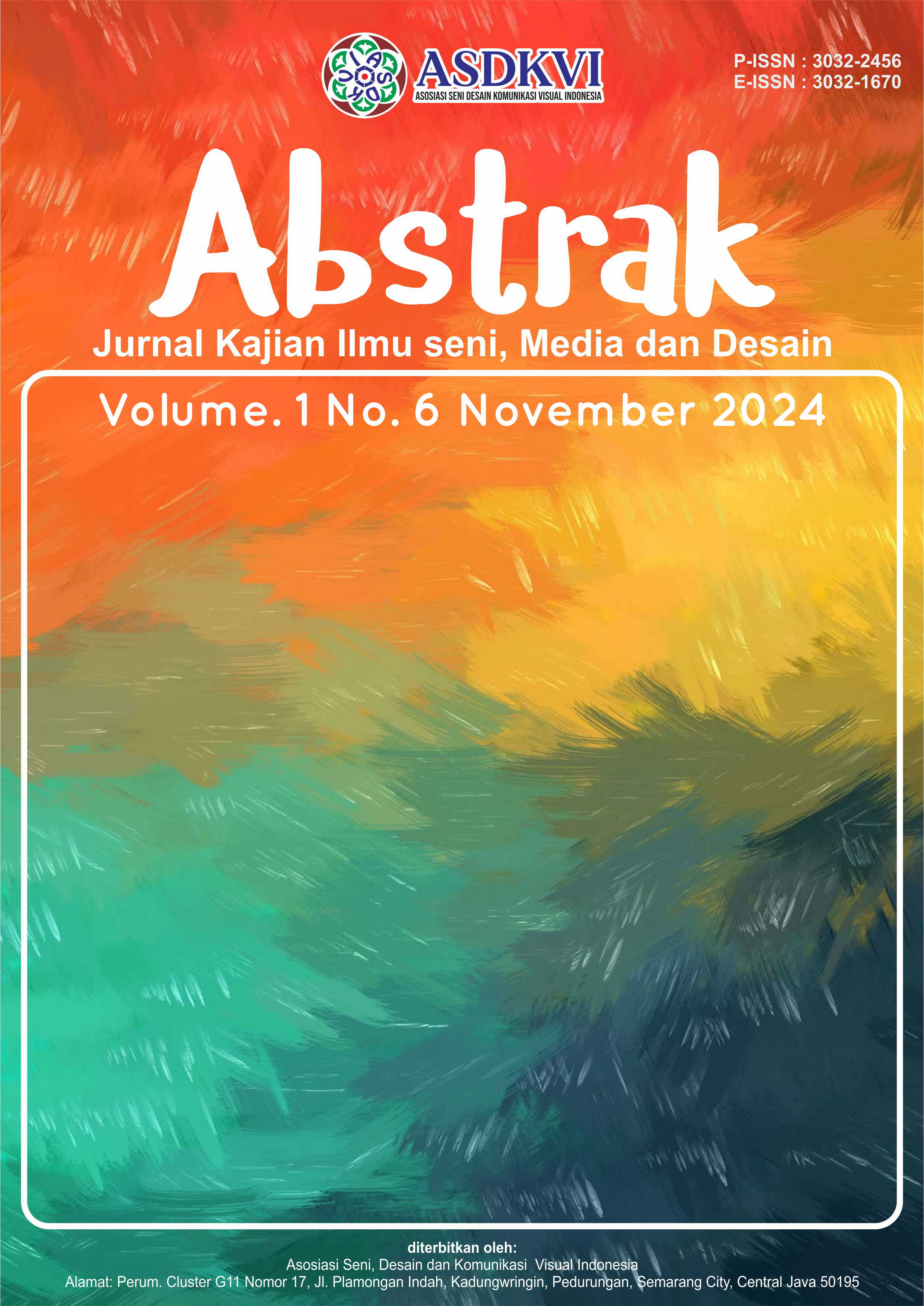Designing Behavioral Mental Health Rehabilitation Center in Medan
DOI:
https://doi.org/10.62383/abstrak.v1i6.348Keywords:
Behavior, holistic, mental health, stigma, rehabilitationAbstract
The advancement of technology and changes in lifestyle have become triggers for deviant behavior, potentially causing mental health issues. Mental health is an increasingly crucial aspect of societal well-being. Optimal mental health impacts individuals' awareness of their potential, their ability to manage life pressures stably, productive performance in work, and active participation in community life. The negative stigma in society towards individuals with mental disorders further exacerbates the number of affected individuals. In Indonesia, this issue is gaining more attention due to its impact on the quality of life for individuals and society as a whole. Mental disorders necessitate a holistic and innovative approach to rehabilitation efforts. Therefore, it is essential to establish specialized rehabilitation centers for individuals with mental disorders, providing support in both physical and mental recovery processes. Well-designed and functional spaces play a key role in enhancing the psychological well-being of individuals, creating an environment that is safe, comfortable, and preserves privacy. By adopting the Behavioral Architecture approach in design, it is expected to create an environment that meets the needs of patients and positively influences the behavior, perceptions, and feelings of everyone involved in the activities.
References
Bahansubu, R. P., J. O. W. ST, & Wuisang, C. E. (2019). Bolaang Mongondow cultural center "Arsitektur neo vernakular". Daseng, 8(1), 96-108.
Daulay, E. (2016). Indonesian language and arts. Vision, 9(9).
Dissanayake, E. (2015). What is art for? University of Washington Press.
Igwenagu, C. (2016). Fundamentals of research methodology and data collection. LAP Lambert Academic Publishing.
Irawana. (2019). Seni musik serta hubungan penggunaan pendidikan seni musik untuk membentuk karakter peserta didik di sekolah dasar. Jurnal Ilmu Pendidikan.
Kojo, I., & Nenonen, S. (2016). Typologies for co-working spaces in Finland: What and how? Facilities, 34(5/6), 302-313.
Kuppers, P. (2017). Studying disability arts and culture: An introduction. Bloomsbury Publishing.
Pane, J. B., Rilatupa, J., & Simatupang, S. (2021). The development of an arts centre with the application of futuristic architecture. IOP Conference Series: Earth and Environmental Science, 878(1).
Qorib, M. (2015). Islam and local wisdom of Malay society in maintaining the harmony between religious and cultural plurality: A case study of Batubara's Malay society. In Proceeding of the International Seminar and Conference on Global Issues.
Ritonga, H. M., Indrawan, M. I., & Sari, D. S. (2022). A SEM analysis of visitors' interest in Pari City village tourism, Pantai Cermin district, Serdang Bedagai region. Journal of Community Research and Service, 6(2), 126.
Salam, S. (2020). Pengetahuan dasar seni rupa. Badan Penerbit UNM.
Sugiyono, P. D. (2017). Metode penelitian kuantitatif, kualitatif, dan R&D.
Trivic, Z. (2020). Community arts and culture initiatives in Singapore: Understanding the nodal approach. Routledge.
Vongkulbhisal, S. (2016). Primitivism, regionalism, and the vernacular in Le Corbusier's middle years, 1929-1945 (Doctoral dissertation).
Zakia, H. K. (2013). Pusat seni teater di Kota Pontianak. Jurnal Teknik Sipil Untan, 3(1), 93-104.
Downloads
Published
How to Cite
Issue
Section
License
Copyright (c) 2024 Abstrak : Jurnal Kajian Ilmu seni, Media dan Desain

This work is licensed under a Creative Commons Attribution-ShareAlike 4.0 International License.





